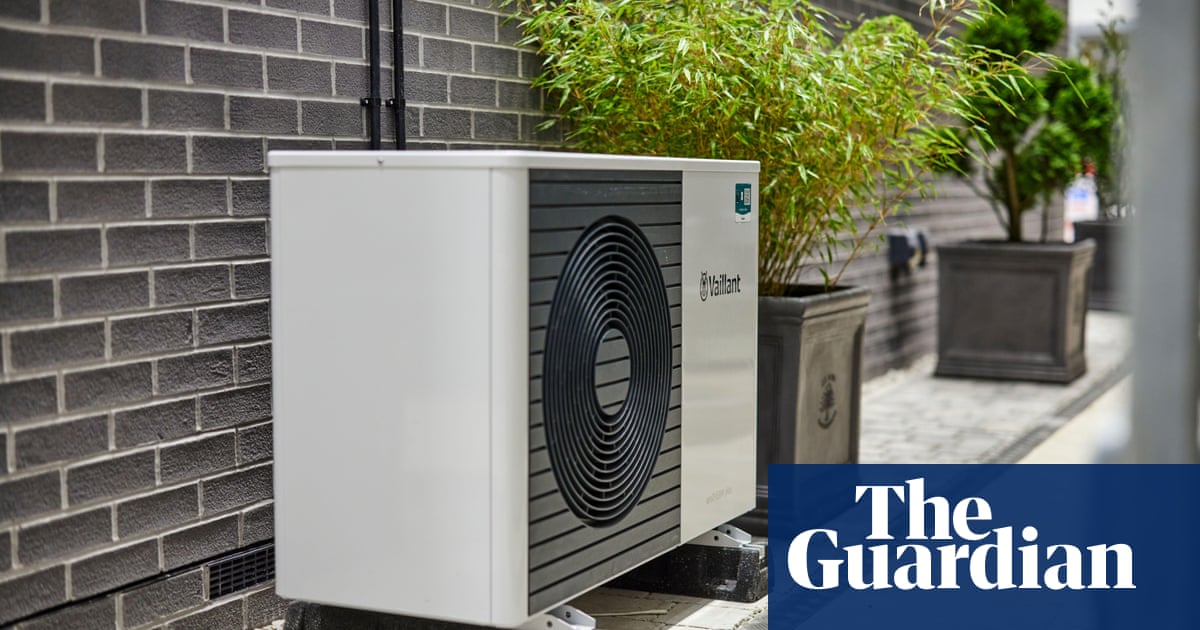
I had heat pumps installed in my 100-year-old seafront house in 2009, with air-to-air systems – outside units connected with highly controllable indoor heaters – in three of the four flats. Why are systems like this – relatively cheap to install and run, and easy to manage, requiring no plumbing because they don’t use radiators – so often ignored? Your article on air-source heat pumps doesn’t even mention them (Are heat pumps more expensive to run than gas boilers?, 13 May).
My experience of air-to-air heaters has been brilliant; they are not only cheap to run, but they also work as air conditioners on hot days. I heat water separately, without hot water cylinders; the water is heated only when the hot tap is turned on, so there’s minimal waste of energy.
In my middle flat, I thought an air-to-air system would be impractical, so I had an air-to-water system installed, with radiators. It has proved much more expensive to run and more troublesome to maintain. The heat pump itself is brilliant; the problems are with the control systems and the fact that hot water has to be stored at a higher temperature than the heat pump produces, which requires the use of direct heating in the hot water cylinder. Had I known this when I bought the system – which was expensive, despite the grant – I would never have had it installed.
Please let your readers know: air-to-air heat pump systems, involving no water or radiators, are wonderful.
Arabella Melville
Pwllheli, Gwynedd
Your myth-busting article examining the relative cost of heat pumps versus gas boilers rightly mentions the expense and disruption of insulation and larger radiators necessary for some heat pump installations to work properly. What is seldom discussed is the cost and disruption of installing the cylinder needed to store water heated by a heat pump.
With a heat pump, the hot water is typically stored at a lower temperature to enhance efficiency, and the consequence is that a larger store is needed. For modern, moderately sized houses with a gas combination boiler (hence no existing hot water cylinder), this can make a heat pump installation practically impossible. What is needed is a hybrid: the heat pump supplies space-heating via radiators and hot water is supplied on demand by an electric “boiler” akin to a gas combination boiler.
Robert Palgrave
Cranleigh, Surrey
No wonder the uptake of heat pumps in the UK is so low. Planning permission is sometimes required. With the necessary noise impact study, that alone can cost £2,000. A quote for a small three-bedroom converted flat in central London for replacing a gas boiler with a heat pump and underfloor heating, without the cost of a new floor? £74,000.
I wonder how other countries manage to install heat pumps. Are installers in other countries really that much more efficient? Or might there be other reasons, such as price gouging when businesses see a central London postcode?
Jan-Peter Onstwedder
London
Please don’t forget that an air-to-air heat pump (the most efficient type) can be supplied and installed for about £4,000 to heat a house’s living area or extension without any other changes necessary. Think of it as an air-conditioning unit that keeps you warm as toast too.
Chris Sugden
Biggar, South Lanarkshire












